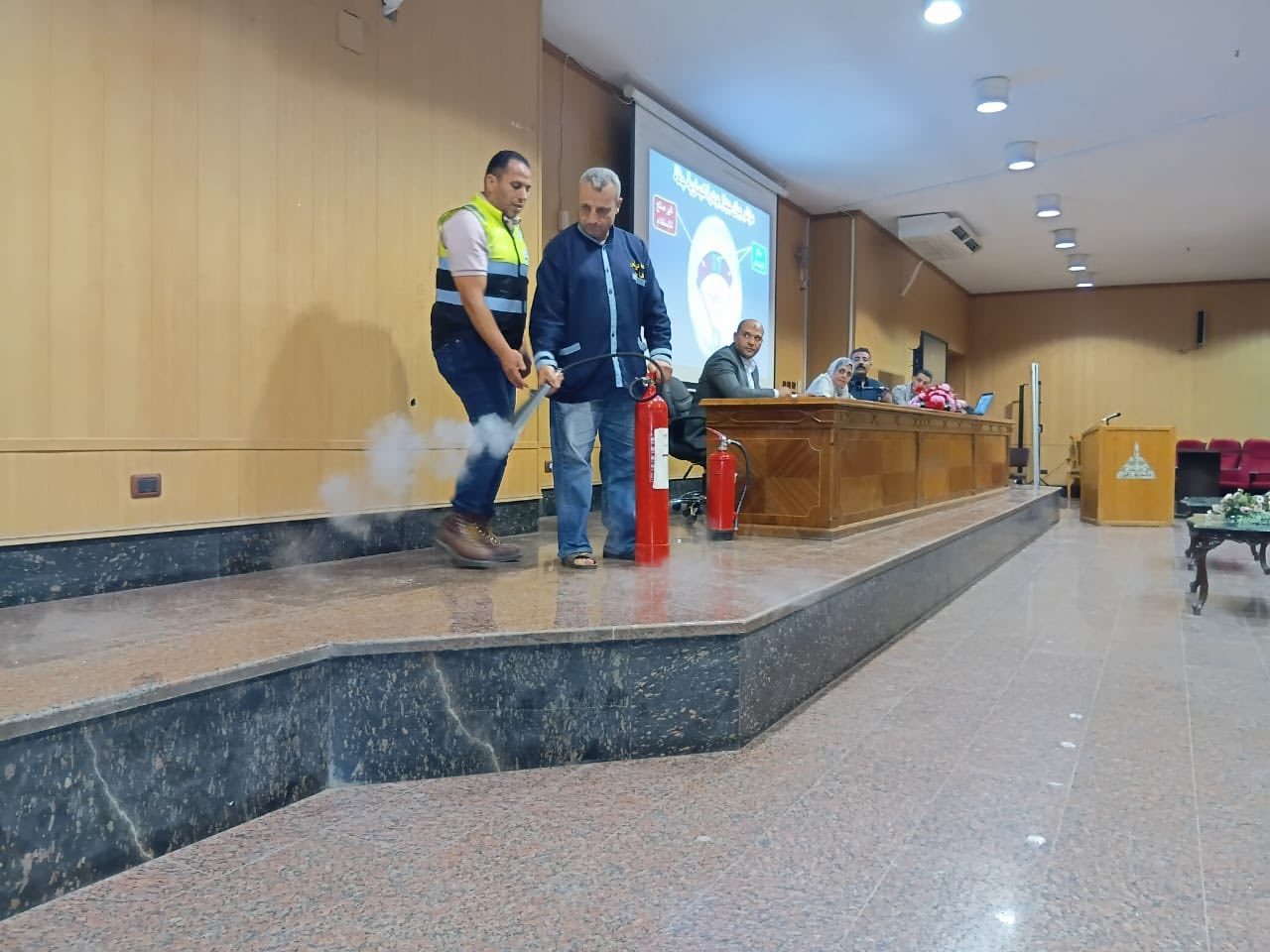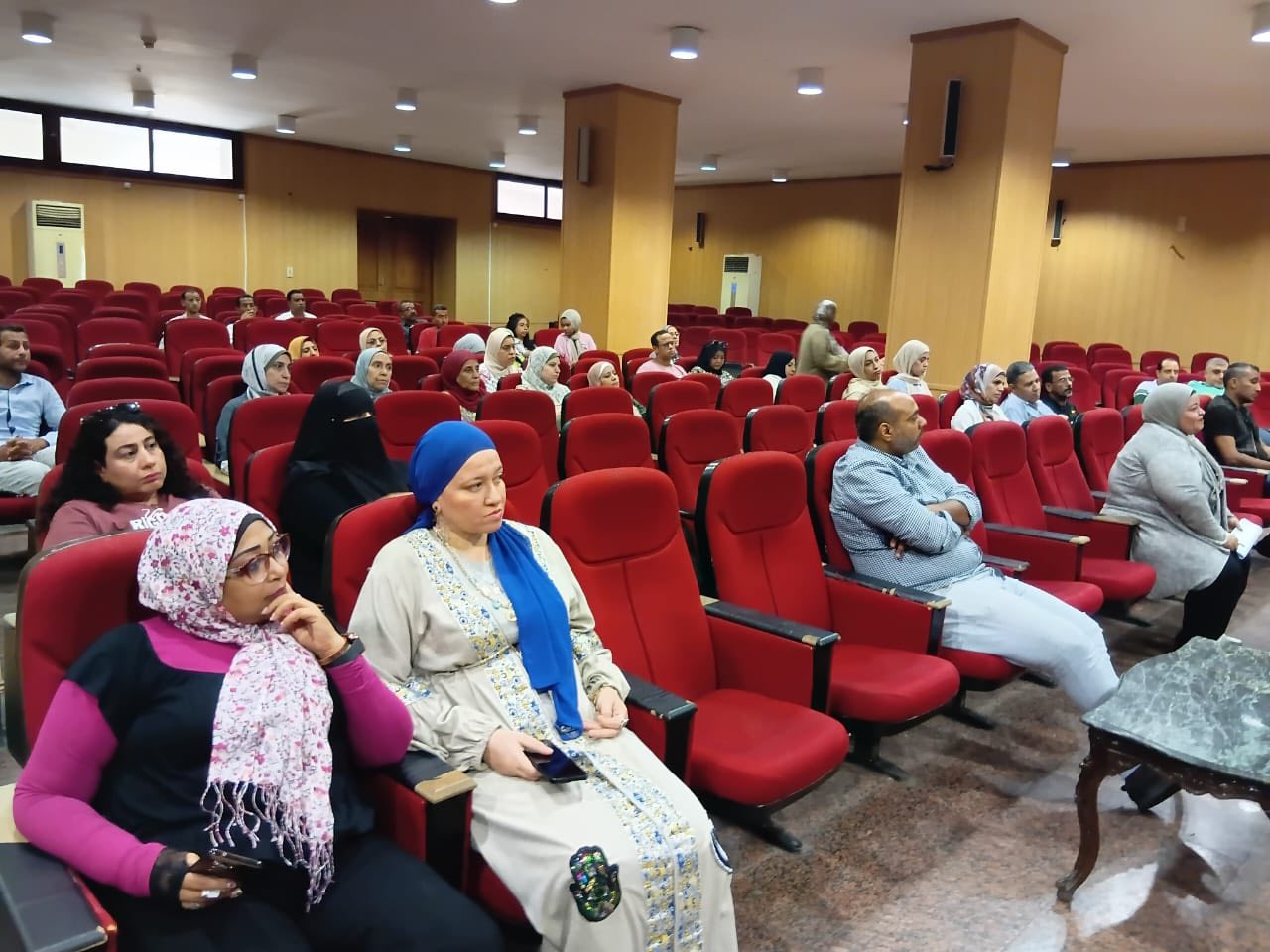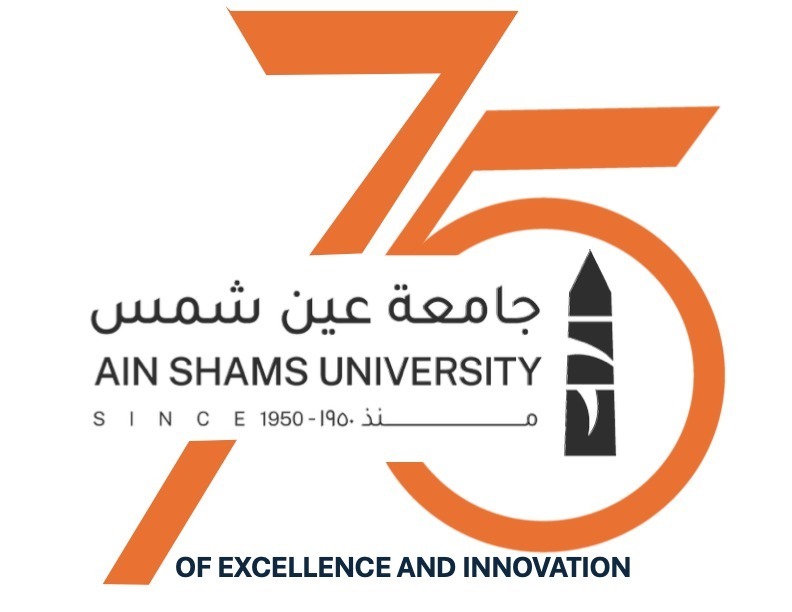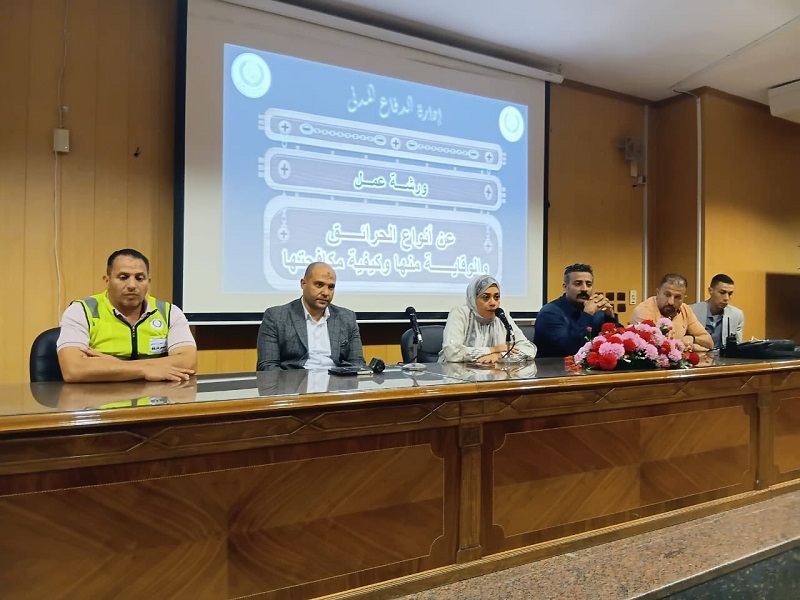The Faculty of Al-Alsun organizes a civil defense training workshop to enhance the preparedness of its members for crisis and emergency response
As part of Ain Shams University’s plan to promote a culture of safety and prevention within the campus and enhance readiness for emergencies, the Community Service and Environmental Development Sector at the Faculty of Al-Alsun, in cooperation with the University’s Civil Defense and Security Departments, organized a comprehensive civil defense training workshop under the patronage of Prof. Mohamed Diaa Zain El-Abedeen, President of Ain Shams University; Prof. Ghada Farouk, Vice President for Community Service and Environmental Development; Prof. Salwa Rashad, Acting Dean of the Faculty; and under the supervision of Prof. Yomna Safwat, Vice Dean for Community Service and Environmental Development, and Mr. Mohamed Gamal Atwa, General Manager of the Faculty.
The workshop witnessed wide participation from faculty staff, staff, and students who actively engaged in the theoretical and practical training sessions delivered by a distinguished team from the university’s Civil Defense Department, including Mr. Adel Mohamed Abdel Latif, Director of the Civil Defense Department; Mr. Sherif Abdel Moneim Ahmed, Civil Defense Specialist; and Mr. Samir Farouk Hassan, Civil Defense Specialist and Firefighting Trainer.
 |
 |
 |
||
At the beginning of the event, Prof. Yomna Safwat emphasized the Facufaculty’song commitment to providing a safe university environment in accordance with the highest occupational safety standards. She highlighted that such workshops are part of the university’s strategy to prepare all staff, faculty members, and students to deal with potential crises and disasters with awareness, efficiency, and responsibility.
She added that the Community Service and Environmental Development Sector is keen to implement continuous training programs aimed at promoting preventive awareness and developing proper emergency response skills to protect lives and property and ensure the continuity of the educational process without interruption.
The workshop covered two main aspects: theoretical and practical.
In the theoretical part, participants learned about the different types of fires and how to deal with each type. The scientific classification of fires was explained in five main categories:
- Class A fires: involve solid materials such as wood, paper, and fabric, and are extinguished using water or cooling-based extinguishers.
- Class B fires: involve flammable liquids such as gasoline and oils and are extinguished by smothering the fire with foam or carbon dioxide to cut off oxygen.
- Class C fires: involve electrical equipment and must not be extinguished with water; inert gases like carbon dioxide or dry chemical powder are used instead.
- Class D fires: involve combustible metals such as magnesium and sodium and require special extinguishing agents that isolate the fire completely from air.
- Class K fires: involve cooking oils and fats, commonly occurring in kitchens, and are extinguished using extinguishers designed specifically for this type.
The training also explained the three components of fire, known as the “fire triangle”: fuel, heat, and oxygen, clarifying that controlling a fire depends on breaking one side of this triangle. Cooling with water removes heat, smothering with foam or CO₂ removes oxygen, and eliminating the fuel stops combustion.
During the presentation, trainers demonstrated the correct procedures for handling a fire outbreak, from quickly assessing the situation, disconnecting electricity, and alerting the emergency room, using the appropriate extinguisher and carrying out an orderly evacuation without panic, prioritizing personal safety first and then assisting others.
In the practical session, participants received hands-on training on using various types of fire extinguishers, learning how to hold and operate them within seconds. A mock evacuation drill was also carried out in the administrative building to test response speed and awareness of proper emergency procedures.
Mr. Adel Mohamed Abdel Latif emphasized that crisis management begins not now because of the incident but with prior preparation and continuous training. He noted that the Civil Defense Department at Ain Shams University implements an annual training plan covering all faculties to enhance individual competencies and coordination among departments.
He added that the university has taken proactive measures to secure its facilities, including equipping faculties with self-operating chemical extinguishers and installing early warning systems and emergency exits that comply with the latest safety standards.
Mr. Sherif Abdel Moneim Ahmed warned against negligence in daily safety practices, stressing that most incidents result from mishandling electricity or gas. He explained that electrical overloads or open gas valves can cause catastrophic fires, reaffirming that preventive awareness is the first line of defense against risks.
Mr. Samir Farouk Hassan presented a detailed explanation of different fire extinguishing devices, their components, and mechanisms, noting that Ain Shams University is among the first Egyptian universities to establish a fully integrated Civil Defense Department equipped with advanced human and technical resources. This department operates within a comprehensive crisis management system aimed at safeguarding lives and property.
The workshop concluded with a practical field exercise in which faculty members, staff, and students actively applied what they had learned in an interactive and enthusiastic atmosphere. Participants affirmed that such workshops play a vital role in raising safety awareness and reinforcing a culture of prevention within the university community.


.svg)

